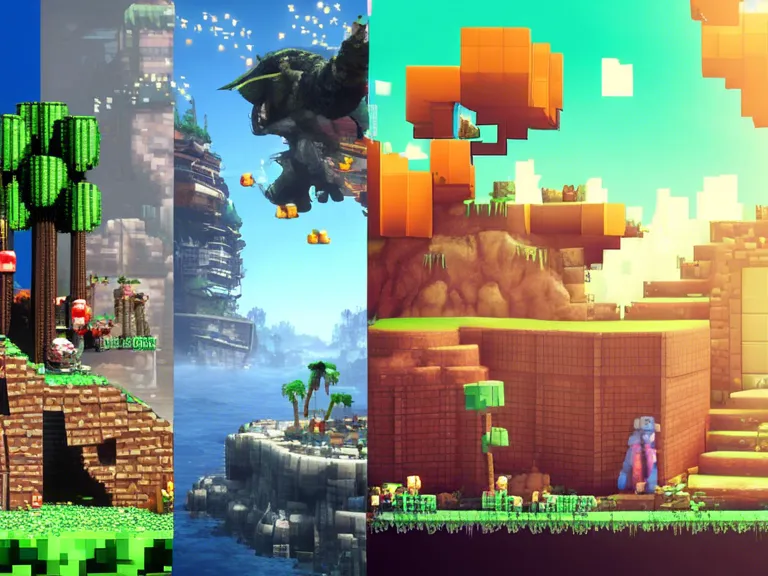
In the ever-evolving world of video games, one aspect that has seen tremendous growth and transformation over the years is the graphics. From the early days of simple pixelated images to the stunningly realistic visuals we see today, the evolution of video game graphics has been a remarkable journey.
The Early Days:
In the 1970s and 1980s, video game graphics were limited by the technology of the time. Games like Pong and Space Invaders featured simple, blocky graphics made up of pixels. These early games laid the foundation for what was to come, but they were a far cry from the lifelike graphics we see today.
The Rise of 3D Graphics:
In the 1990s, advancements in technology allowed for the rise of 3D graphics in video games. Games like Super Mario 64 and Quake revolutionized the industry by introducing fully 3D worlds that players could explore. These games pushed the limits of what was possible in terms of graphics and set the stage for the next generation of gaming.
The Era of High Definition:
With the release of the Xbox 360 and PlayStation 3 in the mid-2000s, video game graphics entered the era of high definition. Games like Gears of War and Uncharted showcased the power of these new consoles with their stunningly realistic graphics and detailed environments. Players were now able to experience games in a whole new level of visual fidelity.
Photorealism and Beyond:
Today, video game graphics have reached new heights of realism and detail. Games like Red Dead Redemption 2 and The Last of Us Part II feature graphics that are indistinguishable from reality at times. With advancements in technology like ray tracing and 4K resolution, the future of video game graphics looks brighter than ever.
As technology continues to advance, one thing is certain: the evolution of video game graphics is far from over. From pixels to prestige, the journey of video game graphics has been a remarkable one, and it will be exciting to see where it goes next.



